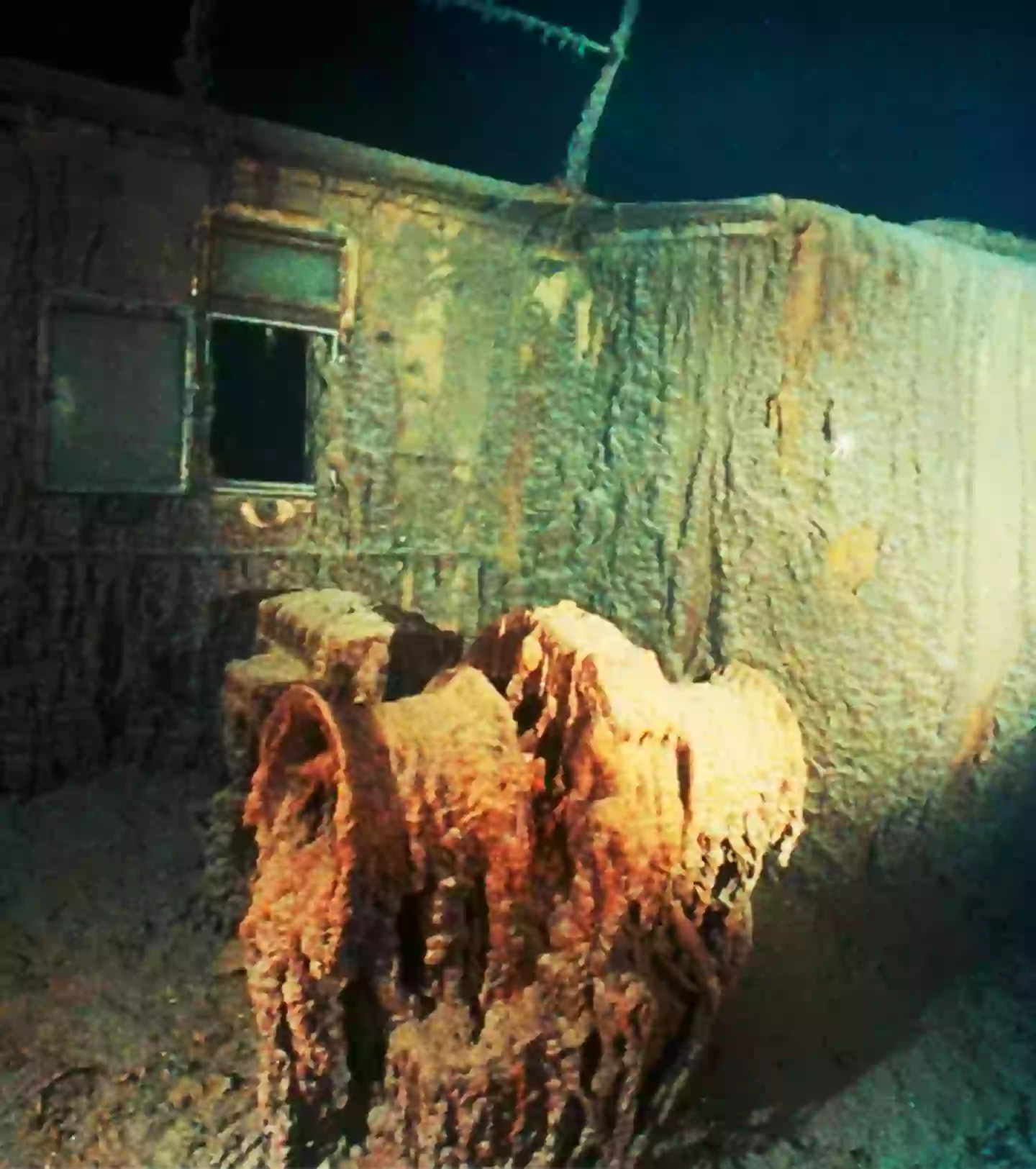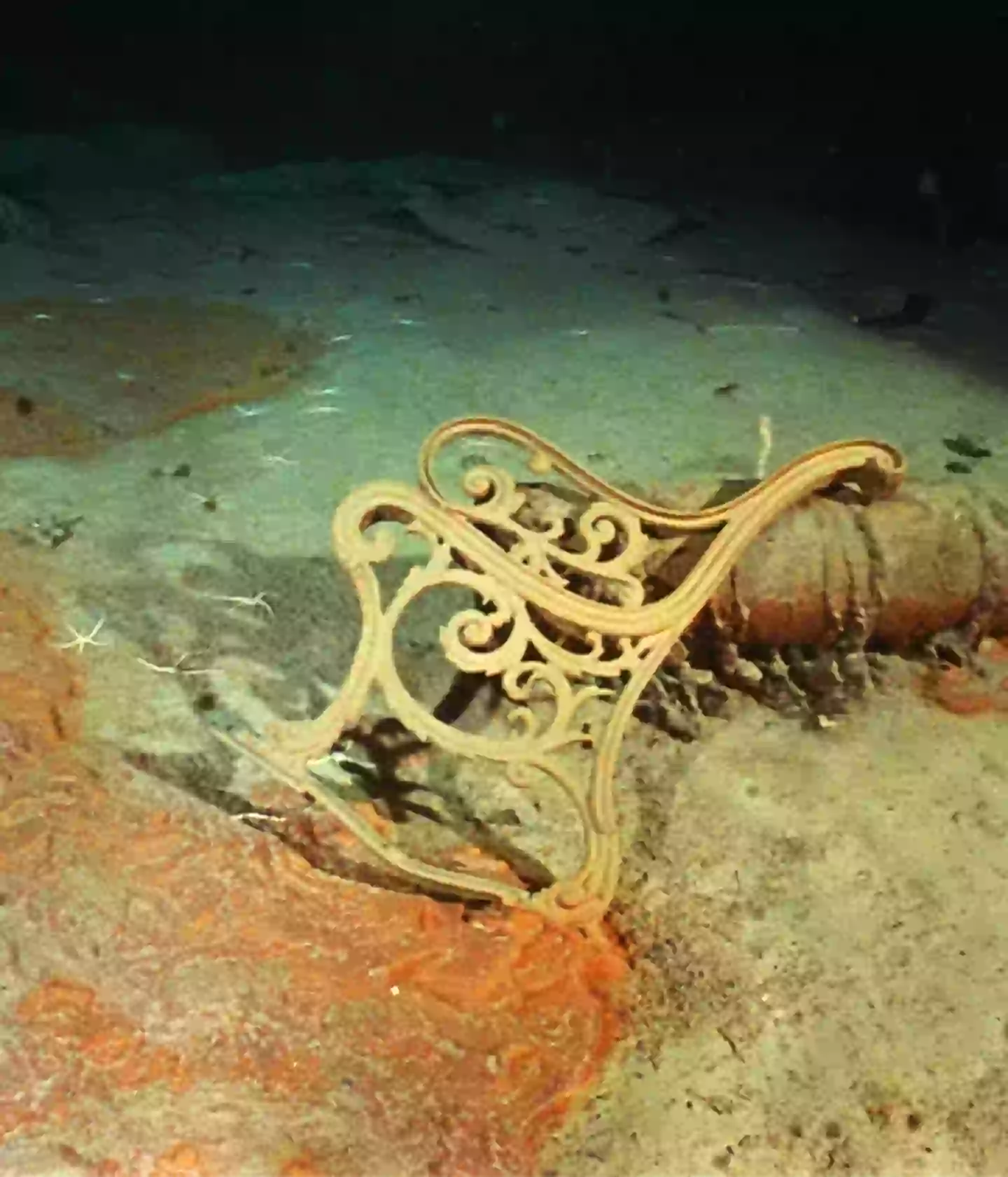
Even after 111 years, the Titanic continues to fascinates us.
A discussion on Reddit brought up an interesting fact. About 1,500 people died in the tragedy, but despite several explorations since the wreck was rediscovered in September 1985, no human remains have ever been found on board.
James Cameron, director of Titanic, has explored the wreck 33 times and claims to have spent more time on the ship than the ship's actual captain.
Advert
'I’ve seen zero human remains,' he said. 'We’ve seen clothing. We’ve seen pairs of shoes, which would strongly suggest there was a body there at one point.
'But we’ve never seen any human remains.'
So, why is that so?

Advert
One reason could be the lifejackets worn by many passengers and crew.
While they didn’t keep people afloat long enough for rescue, they did keep the bodies buoyant after death.
Any storms that followed the event likely swept the bodies away from the wreckage site quickly. Ocean currents would have then carried them even further over the years.
Bodies that were trapped in the wreckage itself probably also disappeared due to deep-sea scavengers like certain fish and other organisms.
Advert
James Delgado, the director of maritime heritage at the National Oceanic and Atmospheric Administration (NOAA), believes that the way the boots are positioned at the bottom of the sea bed suggests they were still on someone's feet when they landed there. This was in response to a photo that resurfaced recently of the Titanic wreckage.
'This is clearly where someone came to rest on the bottom,' Delgado told The New York Times. '[The photo] speaks powerfully to this being a grave site.'

But if bones have been found on much older shipwrecks, why not the Titanic?
Advert
The depth of the wreck also plays a big role.
'The issue you have to deal with is, at depth below about 3,000 feet [914 metres], you pass below what's called the calcium carbonate compensation depth,' deep-sea explorer Robert Ballard explained to NPR.
'And the water in the deep sea is under-saturated in calcium carbonate, which is mostly, you know, what bones are made of. For example, on the Titanic and on the Bismarck, those ships are below the calcium carbonate compensation depth, so once the critters eat their flesh and expose the bones, the bones dissolve.'
Some believe that in sealed-off parts of the ship, like the engine room, there might still be some preserved bodies because scavengers couldn't get in due to a lack of oxygen-rich water.
Advert
But over 100 years after the ship sunk, the idea that we might find recognisable remains seems very slim.